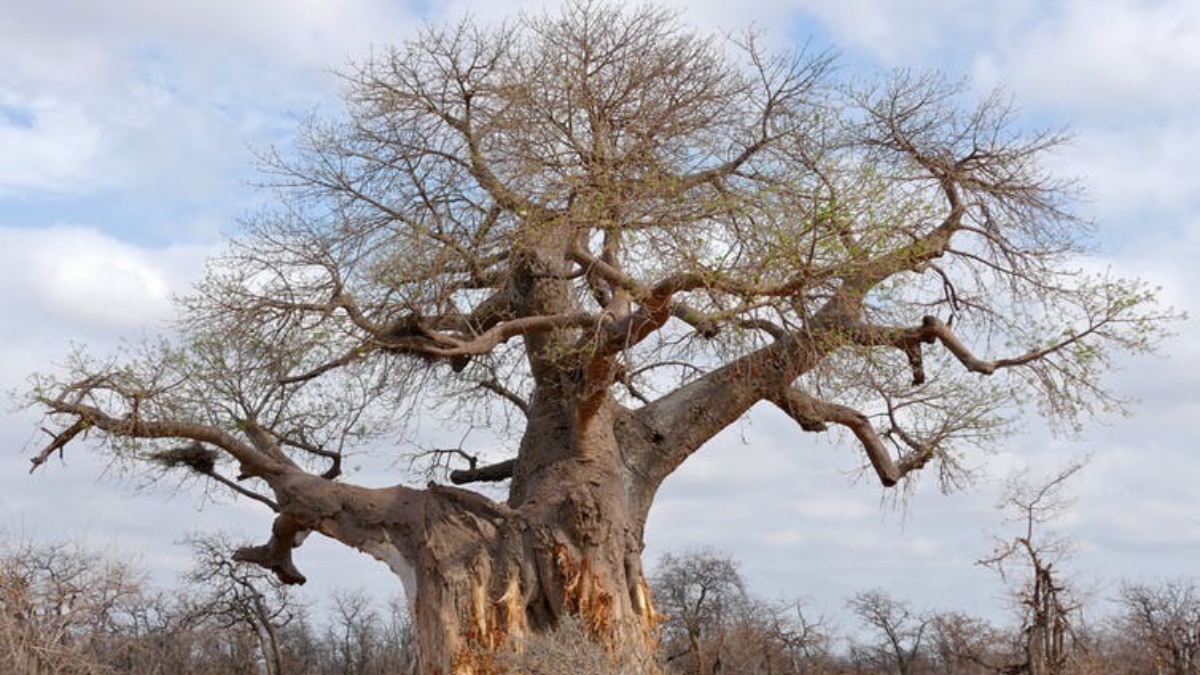Baobab trees, native to over 37 African countries, are iconic symbols of resilience and cultural significance. Known for their immense size and longevity, some baobabs are over 2,000 years old. These trees thrive in arid and semi-arid regions, storing water in their massive trunks and surviving harsh conditions.
Their unique appearance, with bare branches reaching out like skeletal arms, adds to their mystique. Baobabs provide vital ecological services, including acting as carbon sinks, supporting wildlife, preventing soil erosion, and enriching soil with fallen leaves.
The baobab is also deeply ingrained in African culture. Every part of the tree has a purpose—its leaves are a nutritious vegetable, its fruit pulp is rich in antioxidants, vitamins, and minerals, while its seeds yield oil for cosmetics. The bark is used for fiber, and its hollow trunks offer shelter for honey bees. Baobabs are also integral to folklore, often seen as sacred trees in many communities, associated with spirits and rituals.
According to a news website, in recent years, global demand for baobab products has surged, driven by its reputation as a “superfood.” The EU and FDA approved baobab pulp for consumption in 2008 and 2009, leading to its widespread use in foods, drinks, and cosmetics. Zimbabwe has become a leader in exporting baobab products, targeting the European market.
However, this commercial interest comes with threats to the trees. Baobabs grow slowly and are vulnerable to climate change, which disrupts their pollination and growth patterns. Additionally, increased harvesting for baobab products risks depleting natural populations and damaging the trees. Unsustainable harvesting methods, such as crude fruit collection, further jeopardize the species. Biopiracy is another concern, as seen when baobab trees were uprooted and exported to Georgia, where they later died.
To protect baobabs, a blend of cultural preservation, community involvement, and strategic conservation efforts is needed. Sustainable harvesting, policy frameworks, and support for local livelihoods are key to ensuring the future of these iconic trees.
Also Read: Cold Wave Alert: Delhi To Experience Season’s Coldest Day On December 13













